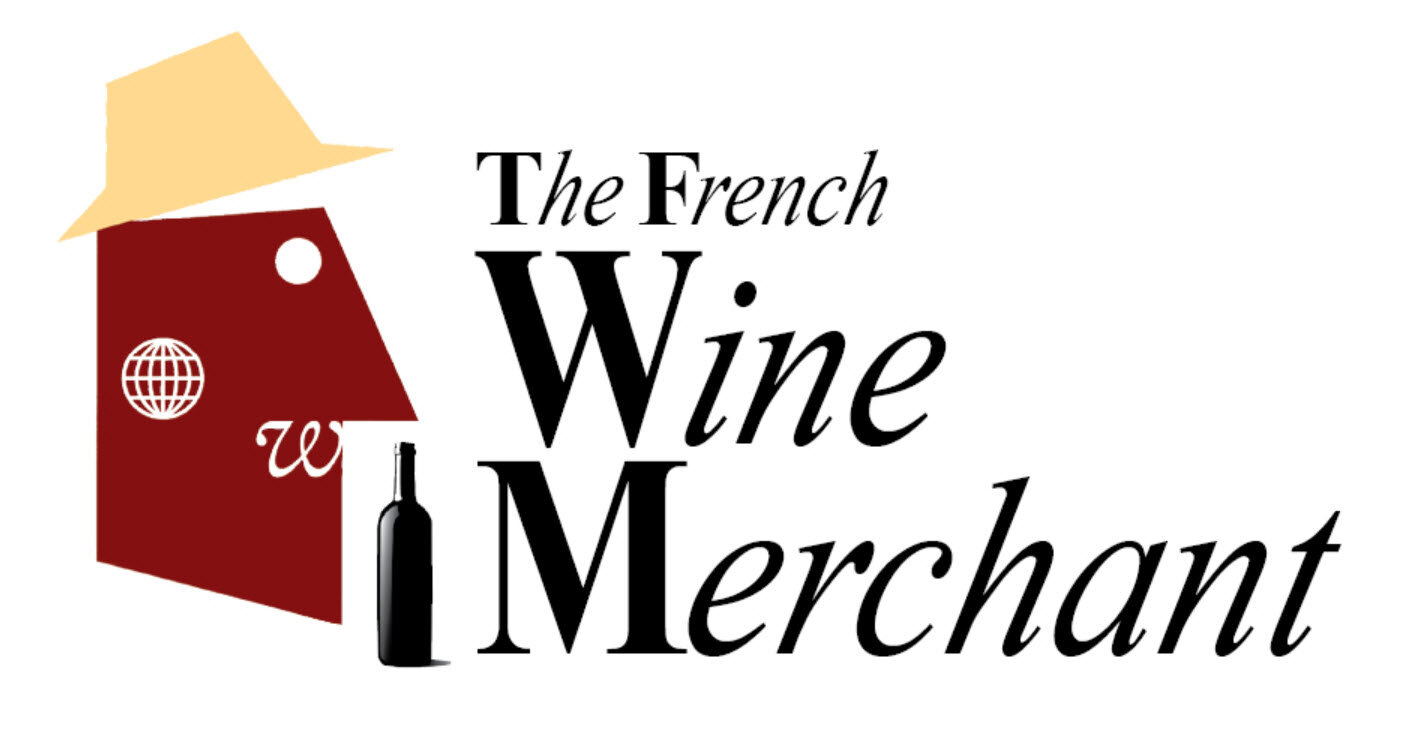An Exploration of Bordeaux Wines
Bordeaux is a name that stands out in the world of wine, representing quality and tradition. This famous wine region in France has a long history of producing excellent red blends that reflect both the skill of the winemakers and the natural environment. Bordeaux wines are known for their depth, complexity, and ability to age well, making them popular among wine lovers. This article aims to help readers appreciate Bordeaux wines by giving a clear overview of what makes them special, from the region’s history and landscape, to the different flavors found in each bottle. There will be an overview and exploration of Bordeaux's vineyards, focusing on its famous red blends and also mentioning its not-very-popular white wines, to understand why Bordeaux remains a key player in the wine world.
The Classic Red Blends of Bordeaux
Bordeaux's wine ancestry is centered on its well made red blends, which combine many grape varieties to produce wines with wonderful complexity and depth. Cabernet Sauvignon, Merlot, and Cabernet Franc are usually included in the classic Bordeaux red blend. Merlot gives richness and smoothness, Cabernet Franc adds aromatic complexity and a hint of spice, and Cabernet Sauvignon adds structure and tannins. Each of these grapes contributes a unique character to the combination. Because of this mixing heritage, the wines have deep layers of flavors that range from earthy to dark fruit, and every sip is unique.
While Bordeaux is famous for its red wines, the region also produces excellent white wines that are worth mentioning. These wines are mainly made from Sauvignon Blanc, Sémillon, and Muscadelle grapes and come in both dry and sweet varieties. The dry whites, which come from areas like Graves and Pessac-Léognan, are fresh, with flavors of citrus and green apple. On the sweeter side, we have dessert wines like Sauternes and Barsac. These two are flavorful, with hints of honey and tropical fruits. Although they are not very popular like their reds, Bordeaux's white wines highlight the region's skill and diversity in winemaking.
St. Emilion: A Highlight of the Right Bank
Situated on the Right Bank of Bordeaux, St. Emilion plays a significant role in the wine production of the area. The region is well-known for its medieval limestone cellars and rolling hills. Merlot is frequently the primary grape variety used in St. Emilion's famous, fruity wines. Rich in clay and limestone, St. Emilion's soils are ideal for growing Merlot, producing full-bodied, silky wines with notes of plum and black cherry, accompanied occasionally by chocolate and spice. St. Emilion wines are a favorite among people who like smooth, sophisticated red wines because of their elegance and capacity to develop more nuanced tastes over time.
Left Bank vs. Right Bank: Understanding Bordeaux's Wine Differences
The Gironde River splits Bordeaux's vineyards, resulting in the Left Bank and the Right Bank, two major wine districts, each with a distinct style and preferred grapes. The gravelly soils of the Left Bank, which is home to well-known regions like Médoc and Graves, are perfect for growing Cabernet Sauvignon. Wines from the Left Bank are typically tannic and powerful, with notes of cedar and blackberry, occasionally tinged with spice or minerals. These wines are well-known for their structure and aging requirements, which enable them to age and acquire more complex flavors over time.
On the other hand, the clay and limestone-rich soils found on the Right Bank, where regions such as St. Emilion and Pomerol are located, are more suitable for Merlot and Cabernet Franc. Right Bank wines tend to have a rich, fruity character, are softer, and are more approachable when young. Fortunately, there is a wide variety of wine styles to suit various palates thanks to the variations in soil, temperature, and different grape types between the Left and Right Banks.
The Key Grapes of Bordeaux
Cabernet Sauvignon: Typically found on the Left Bank. This grape is perfect for wines that age well because it adds flavors of dark fruits like blackberry and cherry to the mix, along with earthy and medicinal undertones.
Merlot: Grows well on the Right Bank, Merlot is the grape most commonly grown in Bordeaux. It is famous for having a silky smoothness and flavorful, deep fruit notes like plum and black cherry. In comparison to wines with a predominant Cabernet Sauvignon flavor profile, Merlot gives the mix a more gentle character that makes it easier to drink.
Cabernet Franc: Frequently added in lower proportions, Cabernet Franc gives Bordeaux blends depth and richness of fragrance. It gives the wine tastes of red fruits, herbs, and occasionally a touch of spice, giving it freshness and harmony.
Bordeaux's unique climate and long history of winemaking make its wines an excellent example of the blending art. Whether you prefer the bolder, tannic reds of the Left Bank or the softer, fruitier wines of the Right Bank, Bordeaux offers a vast variety to experience and enjoy. Because of the region's dedication to quality and tradition, Bordeaux wines continue to set the standard in the wine business. Bordeaux offers a superb fusion of flavors, craftsmanship, and history, making it an essential destination for anybody interested in learning more about wine.
References
Robinson, J. (2006). The Oxford Companion to Wine. Oxford University Press.
Parker, R. M. (2008). Bordeaux: A Consumer’s Guide to the World’s Finest Wines. Simon and Schuster.
Brook, S. (2012). The Complete Bordeaux: The Wines, the Châteaux, the People. Mitchell Beazley.


